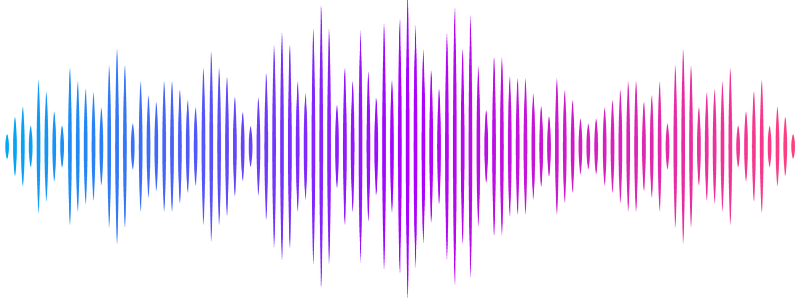Self-renewing Sox9+ osteochondral stem cells in the postnatal skeleton

Self-renewing Sox9+ osteochondral stem cells in the postnatal skeleton
Farhat, S.; Tilouche, B.; Short, S.; Piron, M.; Campbell, T. M.; Fernandes, A.; Somyk, M.; Bandukwala, H.; Arezza, E.; Sastourne-Arrey, Q.; Reilly, K.; Chakra, M. A.; Bader, G.; Kunz, L.; Schroeder, T.; Carsen, S.; Mattar, P.; Dilworth, J.; Coutu, D. L.
AbstractPostnatal skeletal growth, homeostatic maintenance, and regeneration is driven by skeletal stem cells. In addition, it is well established that skeletal tissues lose their regenerative potential with age, comorbidities, and repeated trauma, possibly through stem cell exhaustion or loss of function. However, it is largely unknown where these cells reside in skeletal tissues, what molecular mechanisms regulate their self-renewal and fate decisions, and how to isolate, purify, and expand them ex vivo. Therefore, there is an urgent need for a deeper understanding of postnatal skeletal stem cells. Here, we used genetic lineage tracing, thymidine analogues retention, whole bone microscopy, imaging cytometry, in vitro assays, and single cell transcriptomics and provide the first experimental evidence for the existence of self-renewing osteochondral stem cells in the postnatal skeleton in both males and females. We also show direct comparisons between adult, fetal, mouse, and human skeletal stem cells at the transcriptome level.